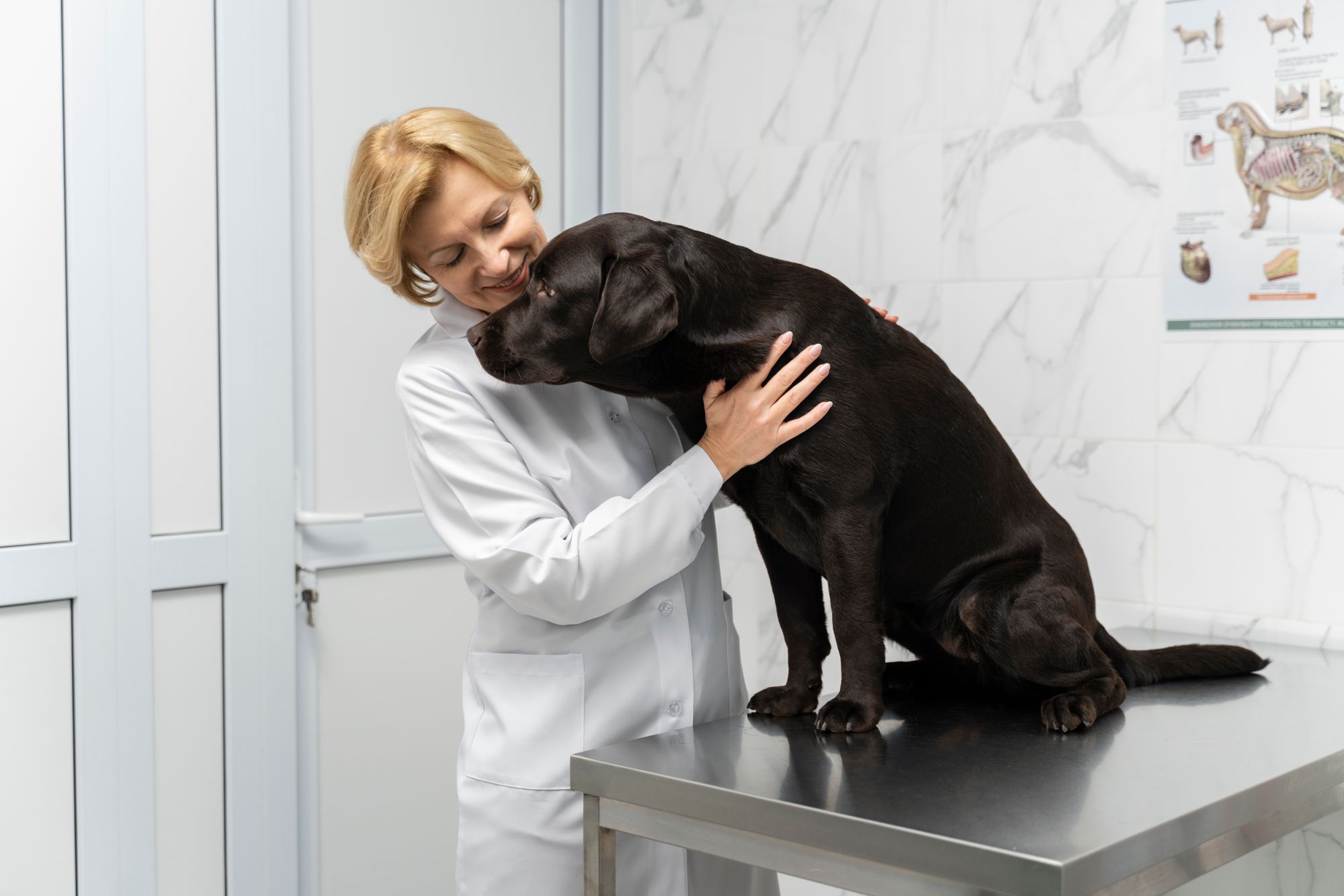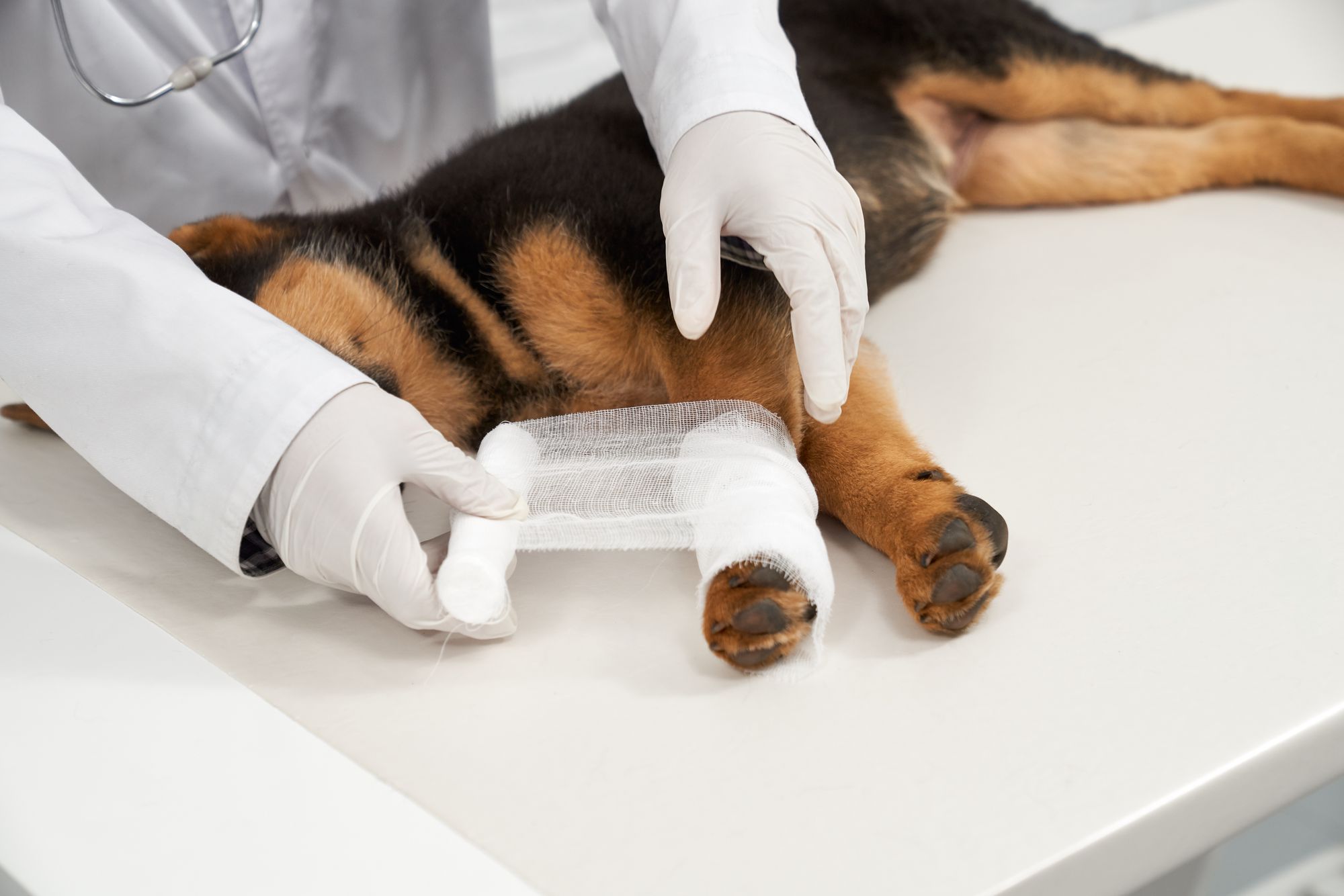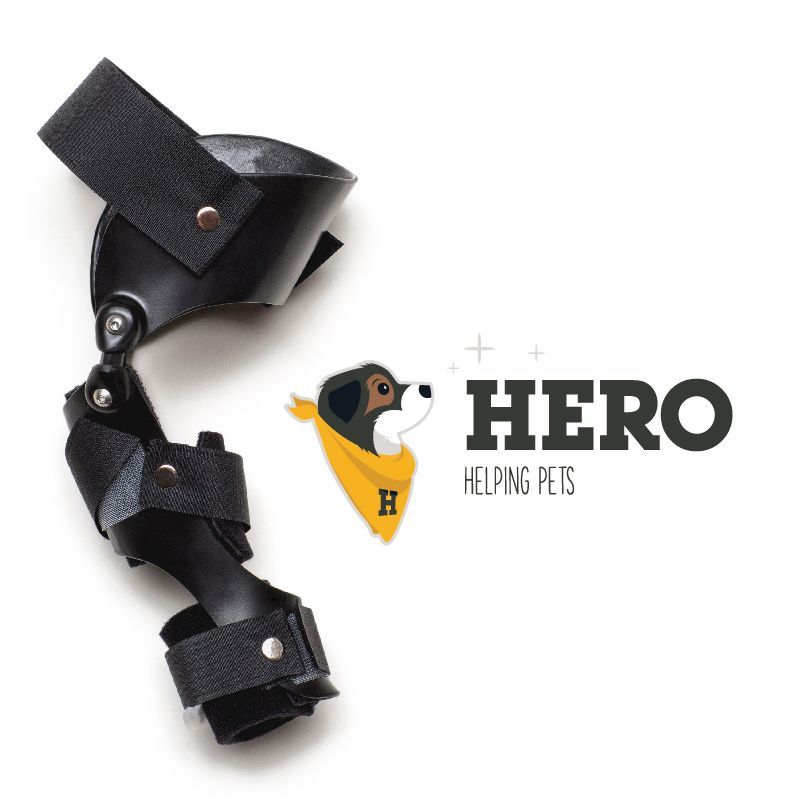Understanding CCL Tears in Dogs and How Braces Can Help

Understanding Cruciate Tears in Dogs and How Braces Can Help
Cranial Cruciate tears, or CCL tears, are a common injury in dogs and can be seen in most breeds, although sporting and working breeds are seen more often. The CCL is a crucial ligament that stabilizes the knee joint, and when it tears, it can cause significant pain and mobility issues for your furry friend. Understanding the causes, symptoms, and treatment options for CCL tears can help you provide the best care for your dog.
Causes of CCL Tears in Dogs
CCL tears in dogs can occur due to various reasons. Cruciate disease is a recent term that describes the gradual weakening of the fibers of the Cranial Cruciate Ligament over time. This leads to progressive tearing of the fibers that results in partial or complete failure. This is different from people who can tear their ACL from a fall or accident. Dogs that are overweight, have poor conditioning, or patella luxation are also at risk of CCL tears due to the added stress on their joints.
Symptoms of CCL Tears in Dogs
Recognizing the symptoms of a CCL tear in your dog is crucial for early intervention. Some common signs include:
• Limping or favoring one leg. Can be persistent or off and on.
• Difficulty rising or jumping
• Swelling around the knee joint
• Pain when the knee is touched or moved
• Decrease in activity or reluctance to play or jump
If you notice any of these symptoms, it's essential to consult your veterinarian for a proper diagnosis and treatment plan.
Diagnosis and Treatment Options
Diagnosing a CCL tear typically involves a physical examination, testing for Cranial Drawer/Tibial Thrust and radiographs or an MRI. Once confirmed, treatment options can vary depending on the severity of the tear and your dog's overall health.

Surgical Treatment
In severe cases, surgery may be necessary. There are several surgical techniques available, including:
• Tibial Plateau Leveling Osteotomy (TPLO) and CORA Based Leveling Osteotomy (CBLO): This procedure involves making a semi-circular cut under the tibial plateau to allow altering the angle to stabilize the knee joint.
• Extra- Capsular Suture Technique: This method uses sutures to mimic the function of the CCL and stabilize the knee.
• Tibial Tuberosity Advancement (TTA): This surgery changes the alignment of the Tibial Crest and Quadriceps muscles to reduce stress on the knee. Surgery is considered the Gold Standard in patients that can have anesthesia. Recovery time depends on the severity of the damage to the Cruciate ligament and other structures of the knee.
Non-Surgical Treatment
For less severe cases or dogs that may not be good candidates for surgery, non-surgical treatment options are available. These can include:
• Weight Management: Maintaining a healthy weight can reduce stress on the joints and improve mobility.
• Physical Therapy: Exercises and therapies can help strengthen the muscles around the knee and improve stability.
• Pain Management: Medications and supplements can help manage pain and inflammation.
• Custom Bracing
How Braces Can Help
One of the most effective non-surgical treatments for CCL tears in dogs is the use of custom braces. Custom Dog knee braces are designed to provide support and stability to the injured knee, allowing your dog to move more comfortably and reducing the risk of further injury.

Benefits of Dog Knee Braces
• Support and Stability: Braces help stabilize the knee joint, reducing pain and improving mobility.
• Prevent Further Injury: By providing support, braces can help prevent additional damage to the knee.
• Comfort: Modern braces are designed to be comfortable and adjustable, ensuring a proper fit for your dog.
• Cost-Effective: Compared to surgery, braces are a more affordable option for managing CCL tears.
Choosing the Right Brace
When selecting a knee brace for your dog, it's essential to consider factors such as size, fit, materials and whether it will be custom made for your pet. Custom braces have a better fit and function than soft over the counter braces. Consulting your veterinarian for recommendations and aftercare will ensure the brace is properly fit to provide maximum support.
Conclusion
CCL tears in dogs can be a challenging and painful condition, but with the right care and treatment, your furry friend can recover and enjoy a happy, active life. Whether through surgery, physical therapy, the use of a Custom brace, or a combination, there are options available to help manage CCL tears and improve your dog's quality of life. Always consult your veterinarian for the best course of action and provide your dog with the love and support they need during their recovery.
Hero Braces is here to help. If you have questions,
please reach out to us at hello@goherogo.com.

